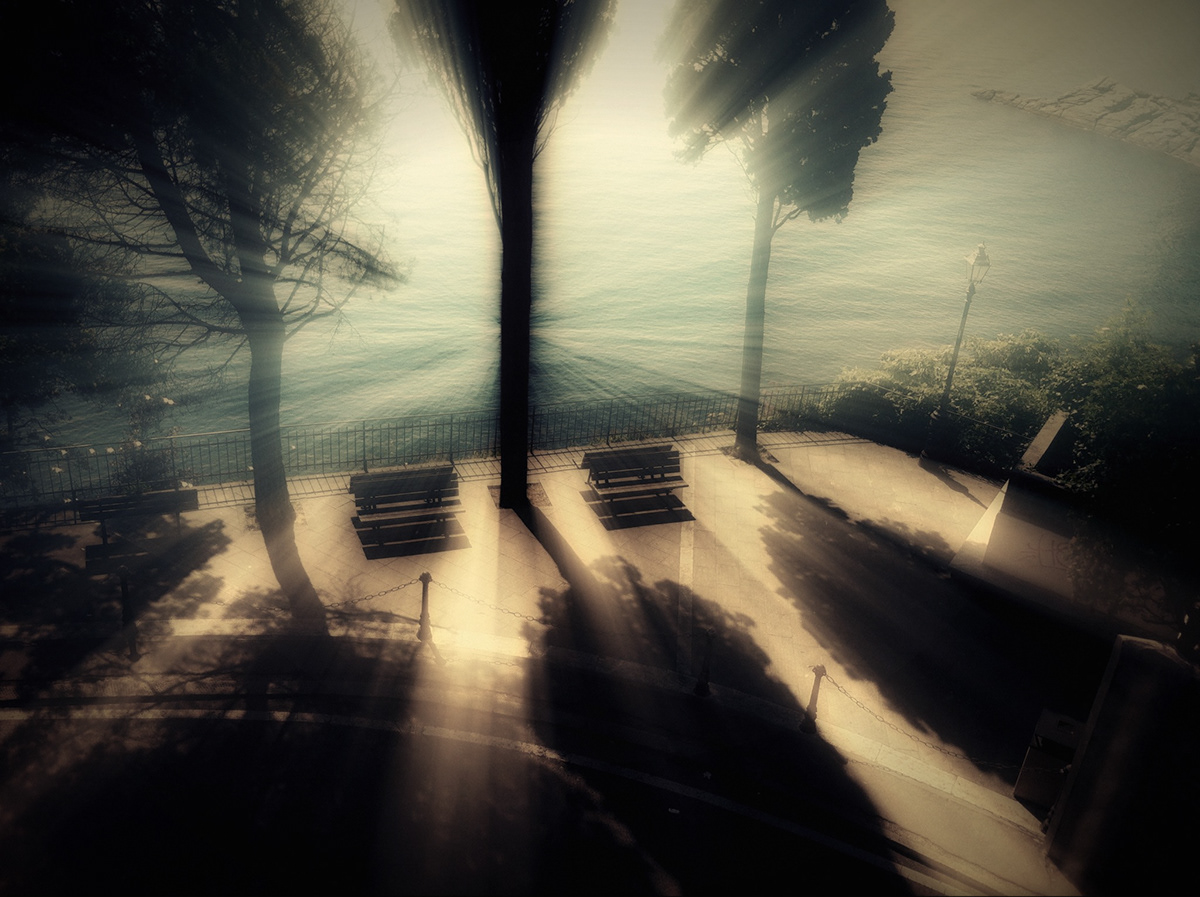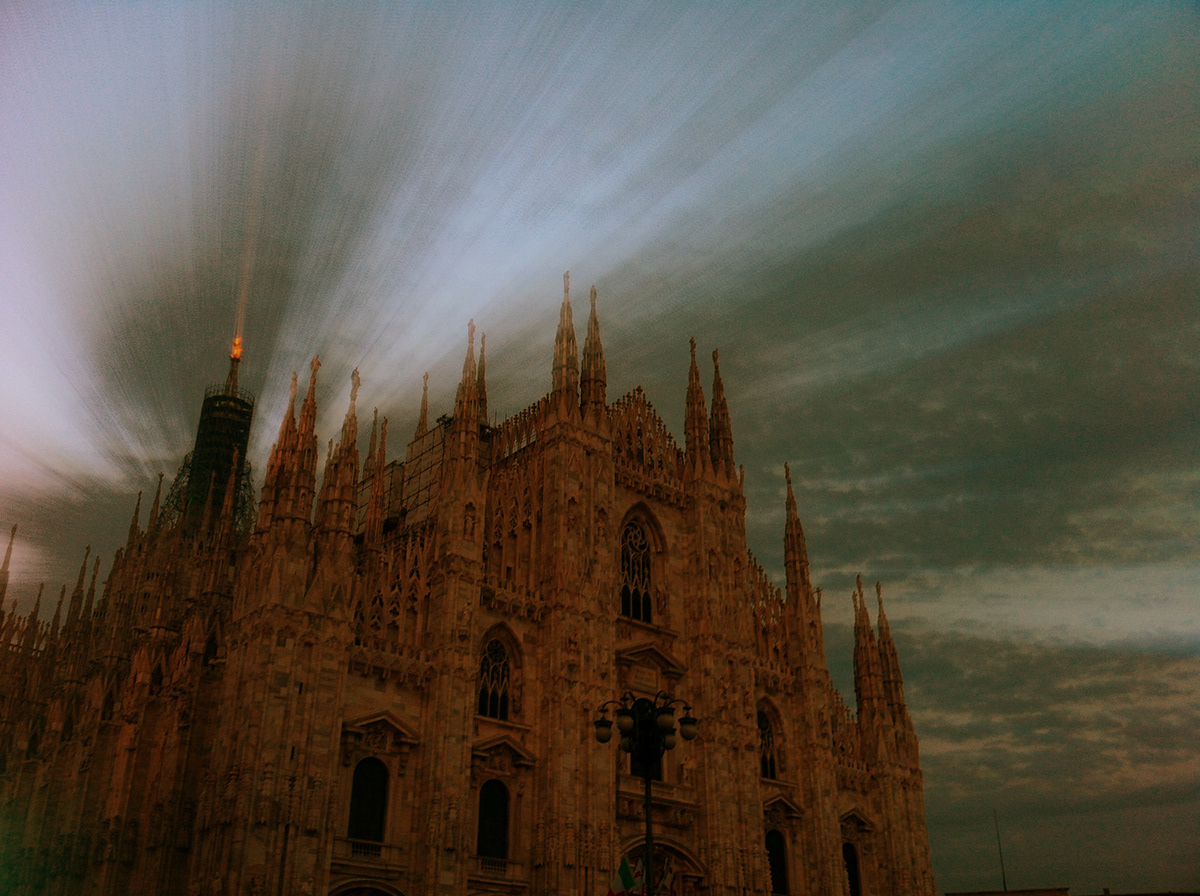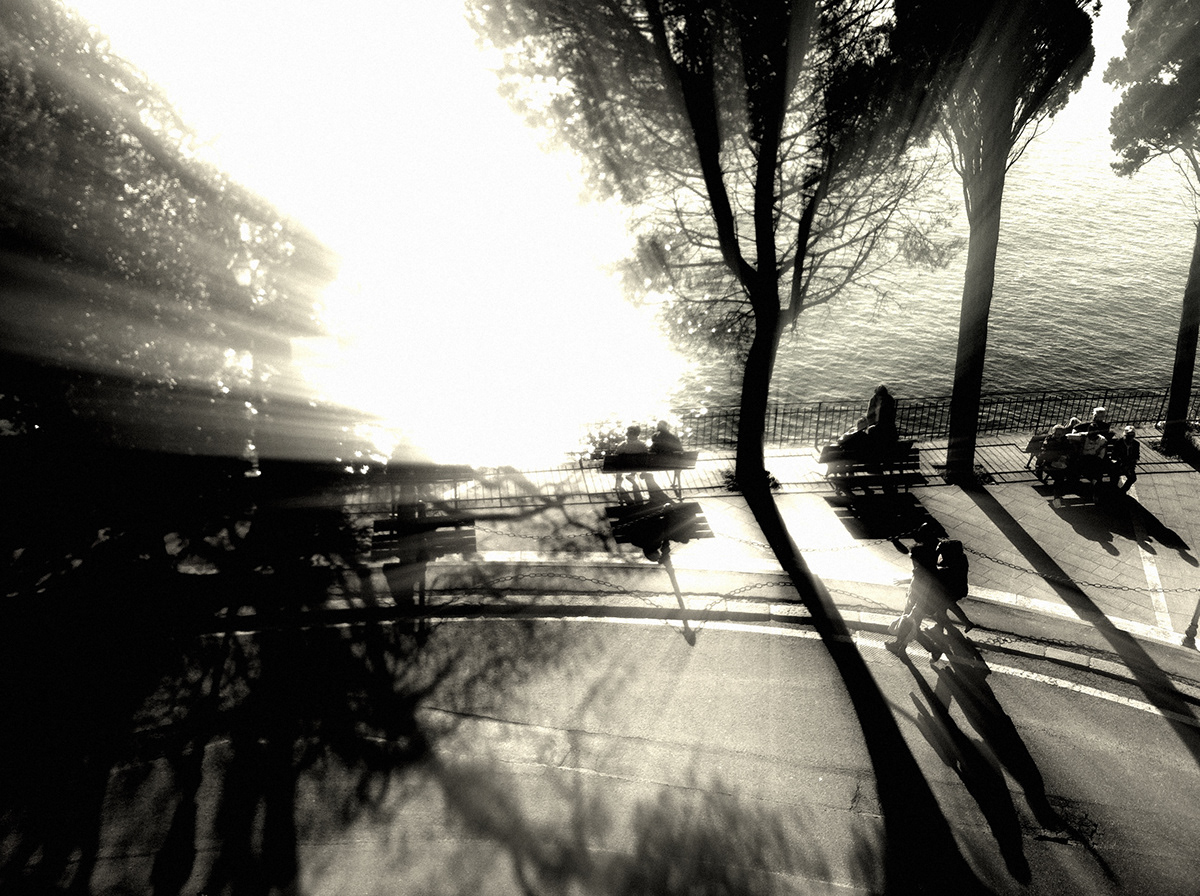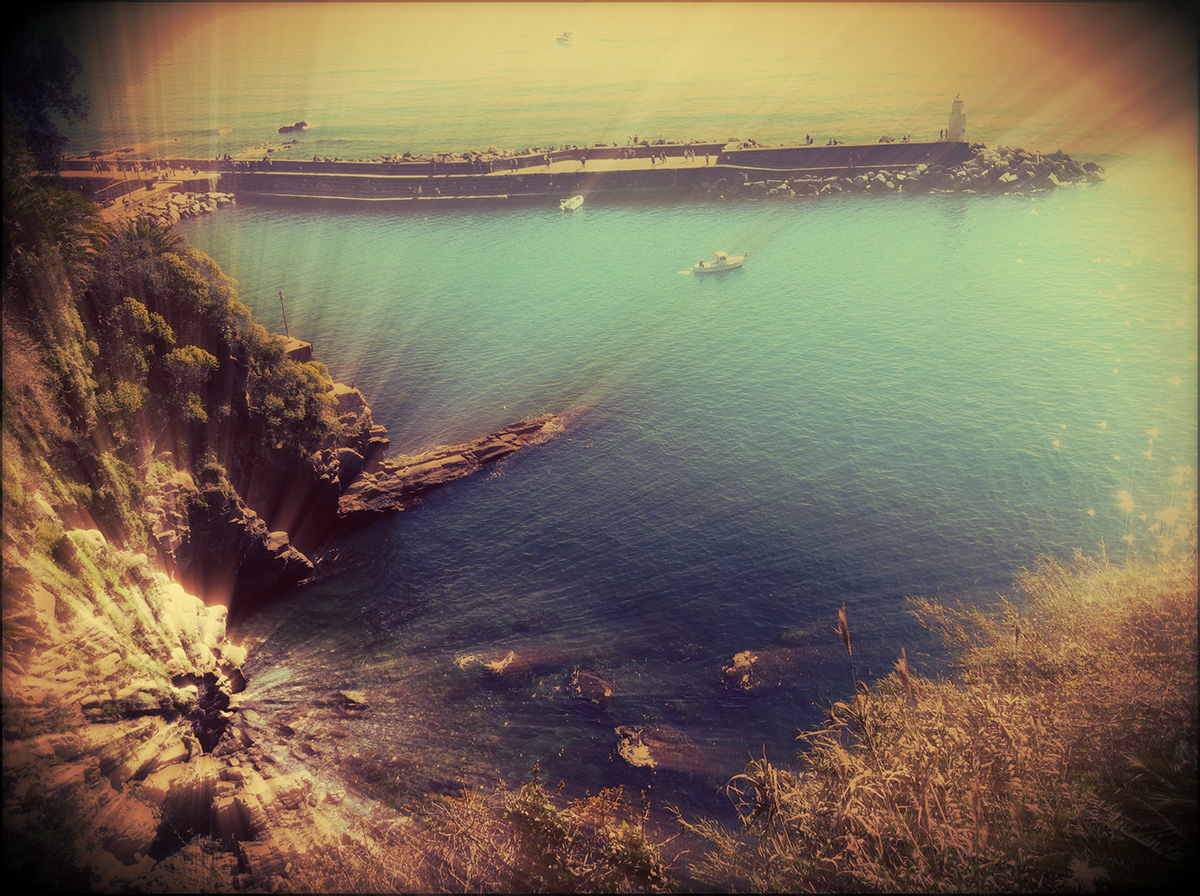U v R A y S
UV light is found in sunlight (where it constitutes about 10% of the energy in vacuum) and is emitted by electric arcs and specialized lights such as mercury lamps and black lights. It can cause chemical reactions, and causes many substances to glow or fluoresce. A large fraction of UV, including all that reaches the surface of the Earth, is classified as non-ionizing radiation. The higher energies of the ultraviolet spectrum from wavelengths about 10 nm to 120 nm ('extreme' ultraviolet) are ionizing, but due to this effect, these wavelengths are absorbed by nitrogen and even more strongly by dioxygen, and thus have an extremely short path length through air.[1] However, the entire spectrum of ultraviolet radiation has some of the biological features of ionizing radiation, in doing far more damage to many molecules in biological systems than is accounted for by simple heating effects (an example is sunburn). These properties derive from the ultraviolet photon's power to alter chemical bonds in molecules, even without having enough energy to ionize atoms.








